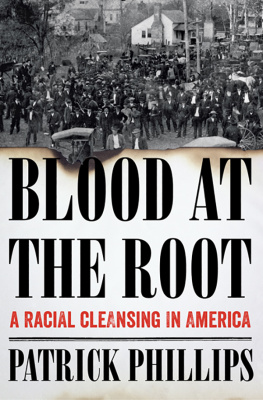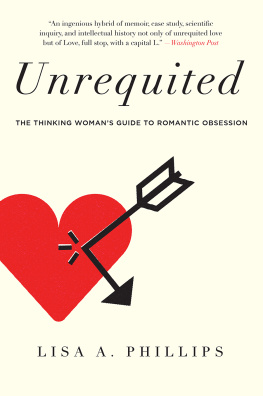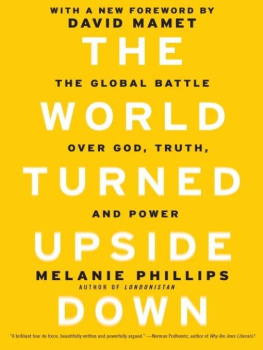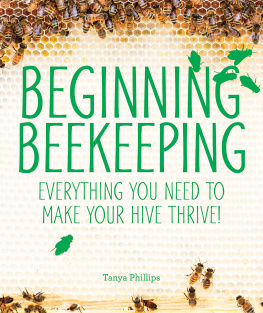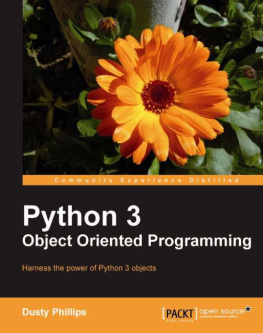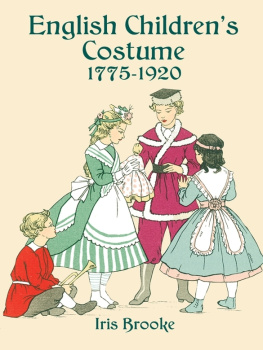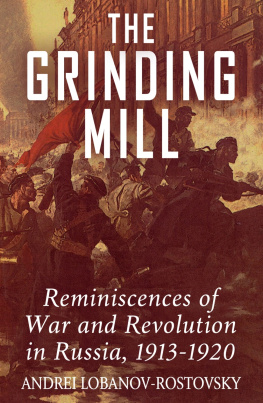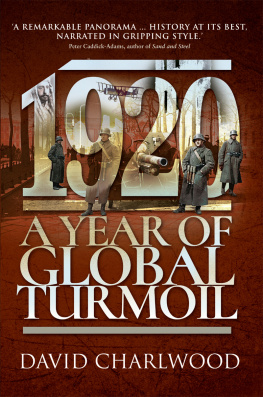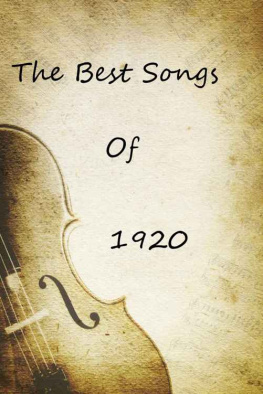
BLOOD
AT THE
ROOT
ALSO BY PATRICK PHILLIPS
Elegy for a Broken Machine
Boy
Chattahoochee
BLOOD
AT THE
ROOT
A RACIAL CLEANSING
IN AMERICA
PATRICK PHILLIPS

W. W. NORTON & COMPANY
Independent Publishers Since 1923
New YorkLondon
A ll night, as Mae Crow drifted in and out of consciousness, searchers called through the pines, the sound of her name rising and fading into the drone of the tree frogs. There, in the woods along the Chattahoochee River, in the Appalachian foothills north of Atlanta, shed been beaten and left to die, and now lay too bloodied and breathless to answer. Near dawn, as the first rays of sunlight dappled the gulley, a farmer whod known Mae all her life came stamping down a narrow footpath. He stopped in his tracks, turned, and hollered for the others to come.
By the next daySeptember 10th, 1912the Forsyth County sheriff had arrested three young black suspects. And while it would take two months and three separate deployments of the Georgia National Guard before Ernest Knox, sixteen, and Oscar Daniel, eighteen, were formally tried, convicted, and sentenced to hang, for the third prisoner, a 24-year-old man named Rob Edwards, death came quickly. When a rumor spread that Big Rob had confessed to the crime, a group of white farmers stormed the county jail and, according to one witness, shot Edwards as he cowered in his cell, then bashed in his skull with crowbars. Others say Edwards emerged alive, pleading for mercy, and died while being dragged from the back of a wagon, a noose cinched tight around his neck. As spectators streamed toward the town square, someone lobbed a rope over the yardarm of a telephone pole and hoisted Edwardss limp body skyward. People took turns with pistols and shotguns, and each time a load of buckshot spun the mutilated corpse, the crowd of hundreds roared.
There was nothing unusual about the lynching of a black man in Georgia in 1912, and the next morning the sight of Edwardss body, laid out on the courthouse lawn, seemed to satisfy those most hungry for vengeance. But a few weeks later, newspapers reported that Mae Crow, known as one of the most beautiful girls in all of Forsyth, had weakened and died from her injuries at the age of eighteen. On the day of her funeral, groups of white men gathered at crossroads all over the county. They talked quietly on the porches of country stores and huddled in the dusty thresholds of barns. At the graveside they held their hats over their hearts, eyes blazing as they watched Maes mother, Azzie, weep over the casket. They were quiet and respectful all afternoon, according to one schoolmate of Maes. But when darkness fell, she said, all hell broke loose in Forsyth County.
That was the night bands of white men set out on horseback, riding toward the little clusters of cabins that dotted the woodlands and pastures along the river. Using posted notices, scrawled letters, rifles, torches, and sticks of dynamite, they delivered a message to their black neighborsincluding many they had known and worked with all their lives. The black people of Forsyth could either load up and get across the county line before the next sundown, or stay and die like Rob Edwards.
By the end of October, the night riders had forced out all but a handful of the 1,098 members of the African American communitywho left in their wake abandoned homes and schools, stores and livestock, and harvest-ready crops standing in the fields. Overnight, their churches stood empty, the rooms where they used to sing River of Jordan and Go Down Moses now suddenly, eerily quiet.
The purge was so successful that within weeks there was no one left for the mobs to terrorize, and whites who had either taken part in the raids or simply stood aside as they passed now settled back into the rhythms of farm life. They shooed stray livestock into their own pens, milked their neighbors lowing cows and slopped their starving hogs, and at family tables they bowed their heads and said grace over the last of the meat raised by black hands. Eventually they picked the leaning corn rather than watch it all go to waste. And when, years later, the last remaining Negro cabins collapsed, they salvaged the boards and tore down the rotten fence posts that had once marked a border between black and white land.
Generation after generation, Forsyth County remained all white, even as the Great War, the Spanish influenza, World War II, and the civil rights movement came and went, and as kudzu crept over the remnants of black Forsyth. The people of the county, many descended from the lynchers and night riders, shook their heads as the South changed around them. They read about the clashes in Montgomery, and Savannah, and Selma, and felt proud of their countys old-fashioned ways, its unspoiled beauty, and a peacefulness that they saw as a direct result of having run the niggers out. But now and again throughout the century, whenever someone intentionally or unwittingly violated the racial ban, white men could be counted on to rise up like they always had and drive the intruders away. Years might pass between such episodes, but each time it happened, Georgians were reminded that while the racial cleansing of 1912 seemed like ancient history, in truth, it had never really ended. In truth, many in Forsyth believed that racial purity was their inheritance and birthright. And like their fathers fathers fathers, they saw even a single black face as a threat to their entire way of life.
I KNOW BECAUSE I was raised in Forsyth, just a few miles from Pleasant Grove Church, where Mae Crows casket was lowered into the ground. My family moved there in 1977, when I was in the second grade, and I spent my boyhood and teenage years living inside the bubble of Georgias notorious white county. At first, I was too young to understand that Forsyth was different from the rest of America. But as I grew older, I realized that many people there lived as if much of the twentieth century never happenedas if there had been no Montgomery Bus Boycott, no Brown v. Board of Education, no Civil Rights Act of 1964. Instead, whites in Forsyth carried on as if the racial integration of the South somehow did not apply to them. Nearly everyone I knew, adults and children, referred to black people as niggers, and for the entire time I lived there in the 1970s and 80s, whites only was still the law of the land. Only in hindsight, and from a great distance, did I come to see that Id grown up not in the America most white people imagine, but something closer to the fearful, isolated world of apartheid South Africa.
In 1987, to mark the seventy-fifth anniversary of the expulsions, a group of activists organized a peace march to protest the ongoing segregation of the county. The Brotherhood Marchers, as they were called, boarded a chartered bus at the King Center for Nonviolent Social Change, in Atlanta, then drove up Highway 400 toward Forsyth. When they reached the outskirts of Cumming, the county seat, blacks and whites climbed down off the bus, lined up on a two-lane country road, and began the first civil rights demonstration anyone in Forsyth County had ever seen. Almost immediately they were attacked by hundreds of locals who had gathered in a nearby pasture, then flooded toward the road, waving Confederate flags and carrying signs that said, FORSYTH STAYS WHITE! Men, women, and children joined in a chant of Go home, niggers! Go home, niggers! and pelted the peace marchers with rocks, bottles, bricks, and whatever else they could find in the weeds beside the road.
Next page
